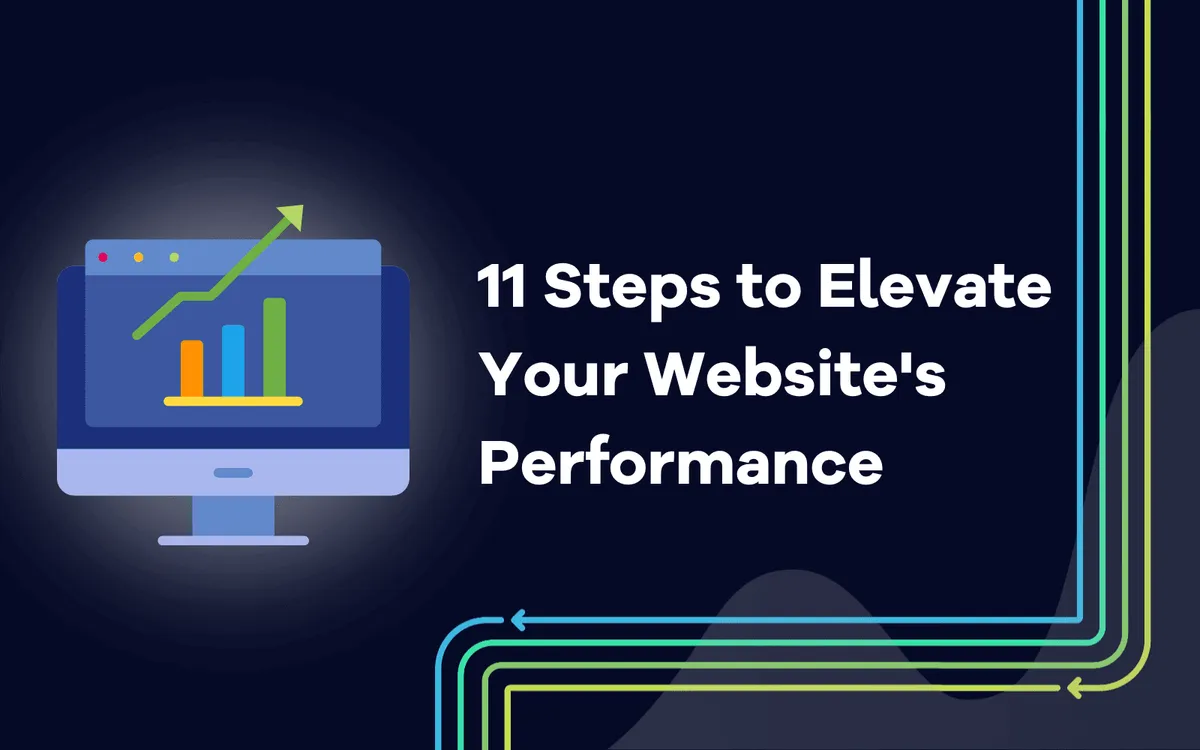
Cracking the SEO Code: 11 Steps to Elevate Your Website's Performance

Sumedha Biswas
September 17, 2023
Boost Your Website's Performance with These 11 SEO Strategies! Crack the Code to Higher Rankings and More Traffic.
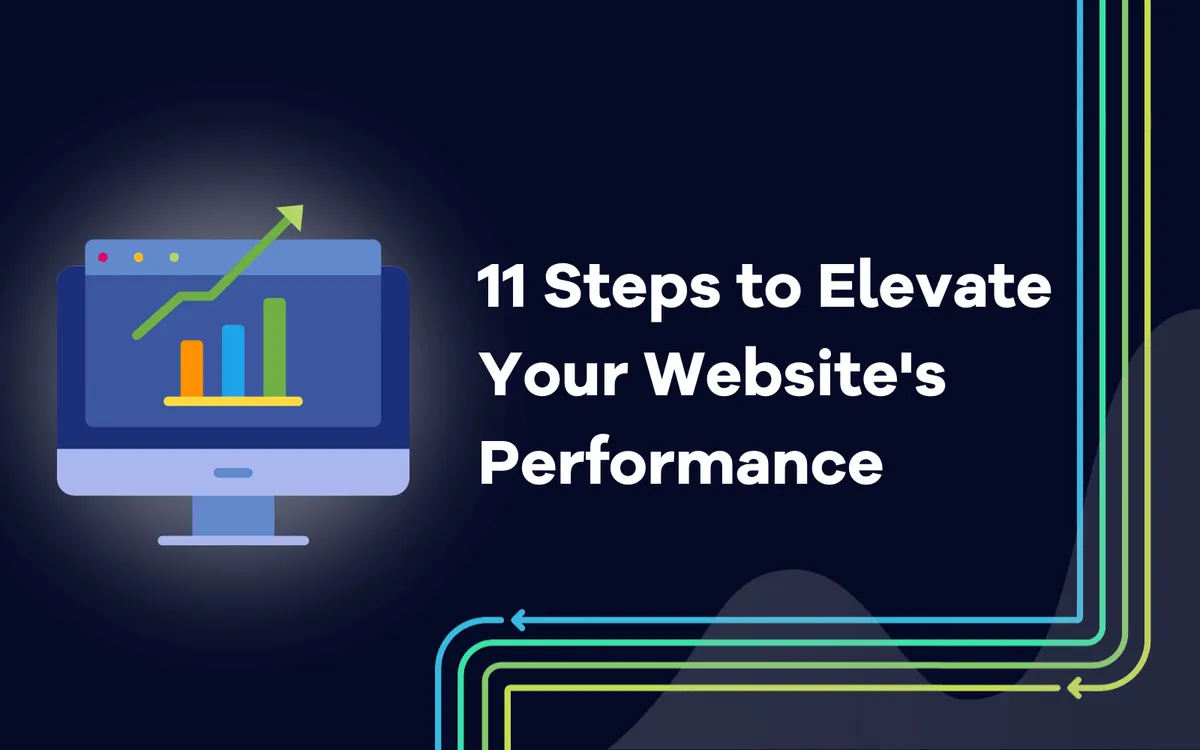
Search Engine Optimization, or SEO, is like a digital megaphone. It helps your website shout louder so more people online can hear and find you. This is important because more than 2-thirds of online exploration begins with searching on platforms like Google.
It's crucial for your website to appear on the first page of search results, as most users rarely go beyond it. In fact, less than 1% of people click on results from the second page. Being on the first page increases the chances of people finding your website. That's why it's crucial to understand and master SEO.
SEO is about reaching the highest position in search results since the top-ranked website gets the most visitors roughly half the time.
 Source: Pexels
Source: PexelsIn this article, you'll learn various SEO techniques to enhance your website's attractiveness to both visitors and search engines. We'll cover the fundamentals of SEO and explore ways to make your website more appealing to both audiences.
Step 1: Understanding SEO Fundamentals
The heart of understanding SEO fundamentals lies in knowing which aspects of your website to tweak, or as we like to put it, "knowing which holes to poke." It's like navigating a vast puzzle where each piece can influence your visibility online and, subsequently, the success of your website.
Imagine search engines as extremely diligent librarians, categorizing and organizing the enormous digital library that is the internet. They decide where to place your website in their index based on a myriad of factors. Your role is to ensure your website checks the right boxes to earn a spot where searchers can easily find it.
Step 2: Conducting Keyword Research
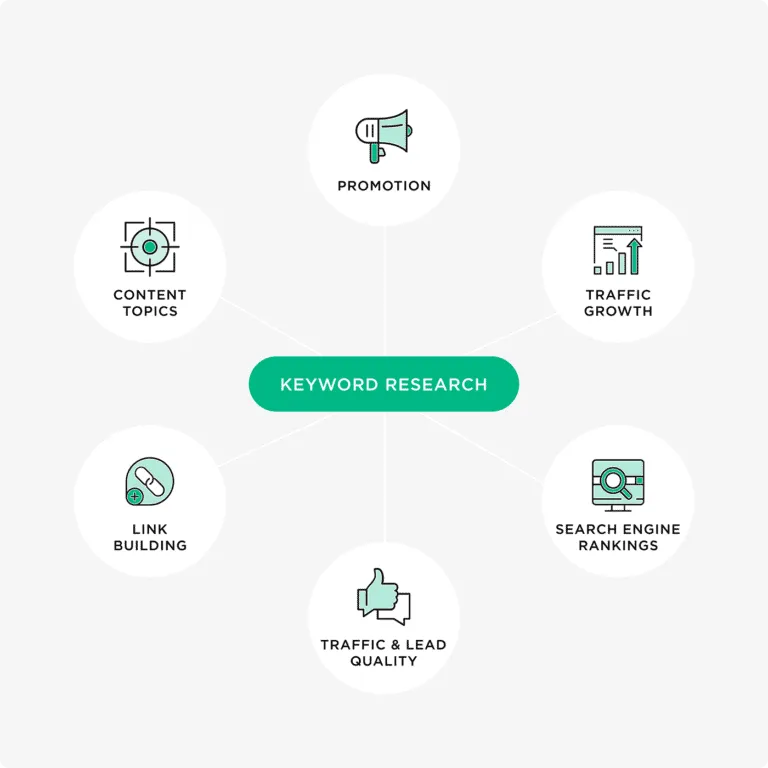 Source: Backlinko
Source: BacklinkoKeyword research is akin to deciphering the language of your audience, a critical step that can significantly influence your SEO success. Approximately 15% of Google searches consist of completely new phrases that have never been searched before. This highlights the significance of conducting thorough keyword research. Many businesses may overlook potential opportunities because they are not using relevant keywords effectively.
The process begins by listing relevant topics about your business and developing keyword phrases that potential customers might use. Remember, the aim is to match your audience's language, not to create a glossary of industry jargon.
Employ keyword research tools, such as Google's Keyword Planner, SEMrush, or Ahrefs, to gather data about the popularity and competitiveness of these phrases. They can also suggest related keywords that may not be immediately apparent but hold potential value.
The hunt isn't just for high-volume keywords. Often, long-tail keywords, which are specific, less common phrases, can prove more beneficial. Despite attracting lesser traffic, the specificity of these phrases can draw more targeted, thus more valuable, visitors.
Consider also the intent behind the search query: Are they looking for information or ready to purchase? Ensuring your content aligns with this intent is crucial for attracting and retaining your audience. Finally, remember that keyword research is dynamic, requiring frequent revisiting and adjusting. Language use evolves, new topics emerge, and search algorithms shift. Regularly refining your keyword strategy will ensure your content remains fresh, relevant, and capable of reaching new search queries.
Step 3: Optimizing On-Page Elements
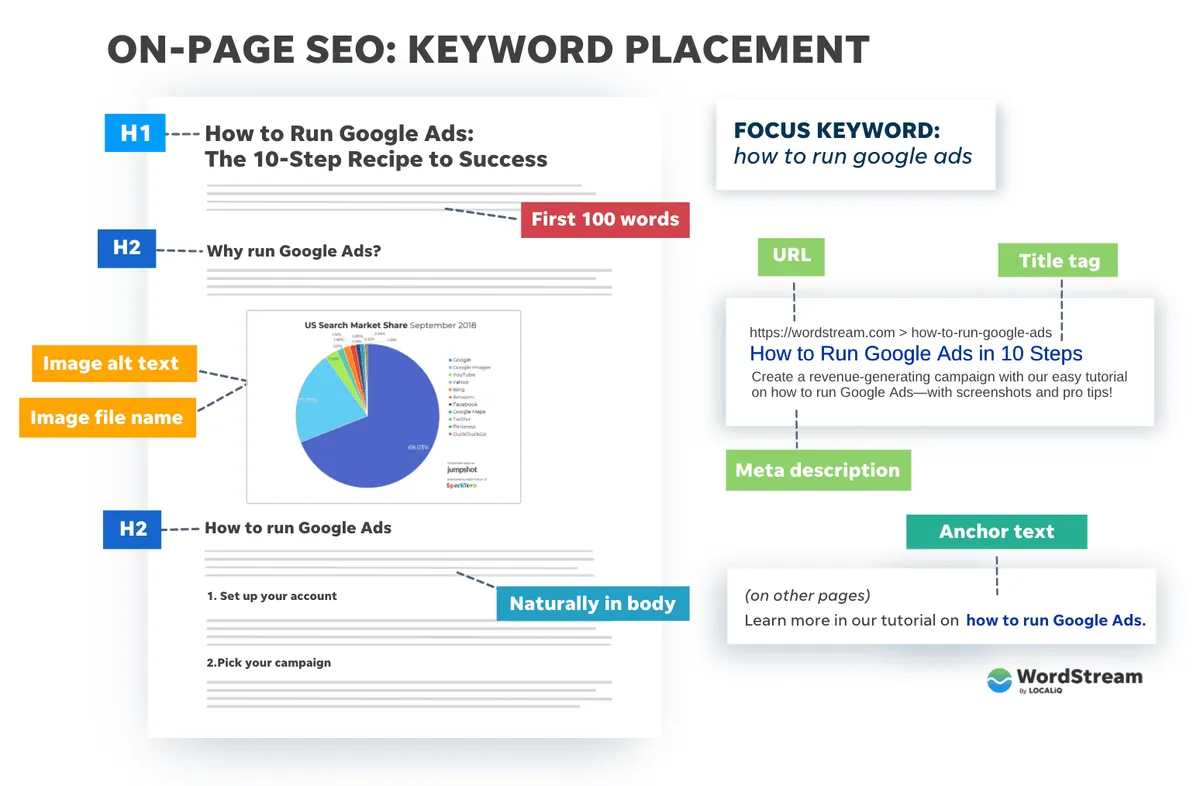 Source: Wordstream
Source: WordstreamOptimizing on-page elements is like fine-tuning the engine of your website to perform at its best in the race for search engine rankings. This crucial aspect of SEO involves strategically enhancing various elements on individual web pages to improve their visibility and relevance to users and search engines.
Start with the foundation: the title tag. Crafting a clear, concise, and keyword-rich title tag is essential. It's the first thing users see in search results, making it a crucial factor in enticing them to click through to your page.
Next up is the meta description. While it doesn't directly impact rankings, a compelling meta description can entice users to choose your page over others on the search results page. Strategically incorporating relevant keywords throughout your content is vital. However, avoid keyword stuffing as search engines are increasingly adept at recognizing and penalizing such practices.
Remember to optimize your images too. Use descriptive file names and alt tags that accurately represent the image's content. It helps SEO and visually compromised users by improving accessibility. By meticulously optimizing these on-page elements, your website's engine will roar with potential, propelling you closer to the topr of search engine rankings and elevating your online visibility and success.
Step 4: Craft Valuable Content
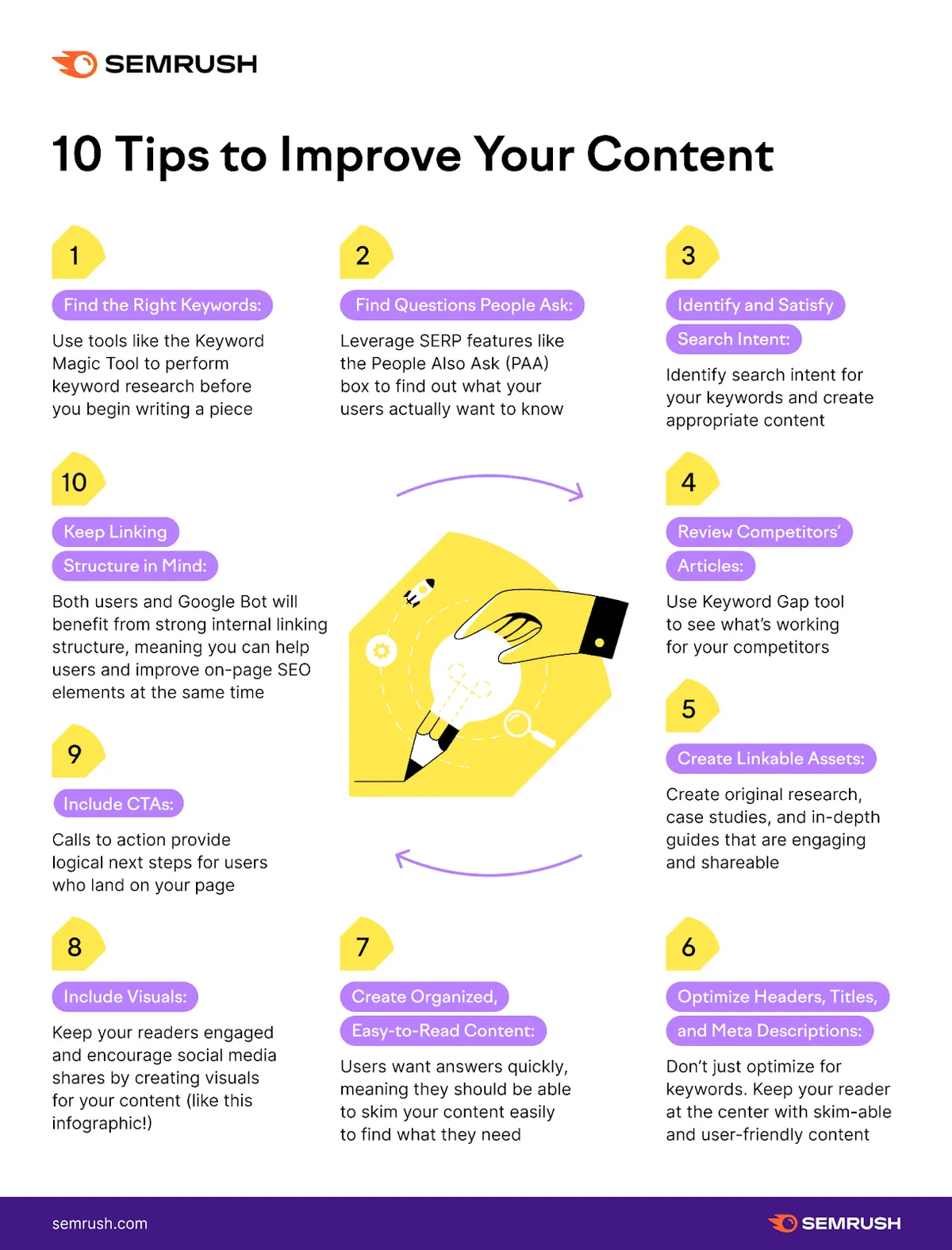 Source: Semrush
Source: SemrushContent is the crown jewel that can either elevate or undermine your website's performance. Valuable content is the foundation upon which successful digital strategies are built. It goes beyond mere keywords and engages visitors, offering them genuine value and answers to their queries. By crafting content that resonates with your target audience, you establish authority and trust and increase the likelihood of users sharing your content as a referral. Search engines also favor high-quality content, rewarding it with better rankings. So, invest time and effort in creating informative, well-researched, and engaging content to establish a strong foothold in the digital landscape.
Step 5: Building High-Quality Backlinks
Think of backlinks as credibility votes from other websites to yours. Building a network of high-quality backlinks is a crucial SEO strategy that demonstrates to search engines that your website is reputable and authoritative. When reputable websites link to your content, it signals to search engines that your content is valuable and worth promoting to others. However, not all backlinks are equal - quality matters over quantity. Aim for backlinks from relevant, trustworthy sources within your industry or niche. Avoid black hat practices that try to manipulate backlinks, as search engines are quick to penalize such attempts. Focus on creating shareable, valuable content that naturally attracts backlinks, and watch your website's credibility and rankings soar.
Step 6: Mobile Optimization
Mobile optimization is no longer an optional add-on; it's a vital necessity for any website aiming to thrive in the digital landscape. As of the first quarter of 2023, mobile devices, excluding tablets, have generated a staggering 58.33 percent of global website traffic, underscoring the sheer significance of catering to mobile users.
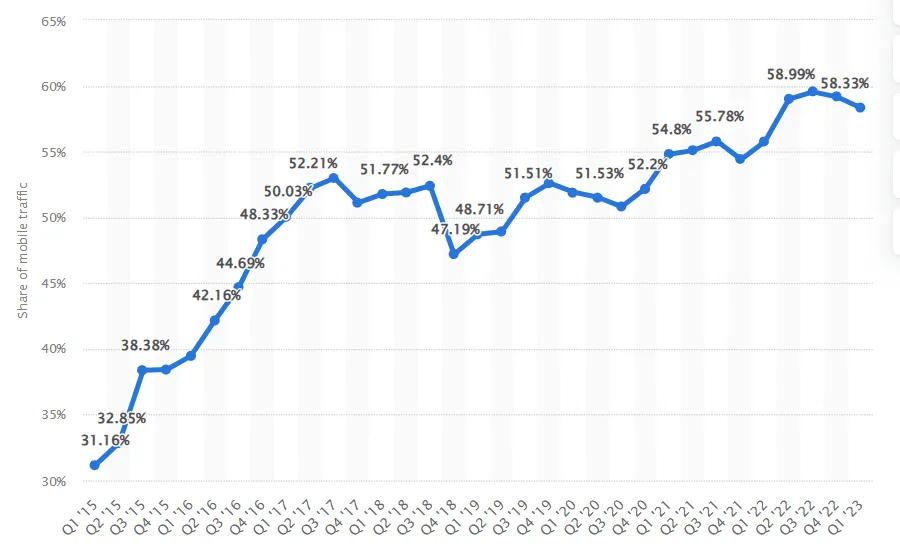 Source: Global mobile traffic 2022 | Statista
Source: Global mobile traffic 2022 | StatistaTo capitalize on this trend, websites must prioritize creating seamless, user-friendly experiences across mobile devices. Responsive web design ensure that your site adapts and fits perfectly on screens of various sizes, from smartphones to tablets, eliminating the need for users to zoom or scroll excessively.
Fast-loading pages are equally crucial for mobile optimization. Users on the go demand rapid access to information, and slow-loading pages can lead to high bounce rates and diminished rankings on search engines.
Moreover, ensure your mobile content is as engaging and informative as its desktop counterpart. Think with a mobile-first mindset when designing user interfaces, making navigation intuitive and touch-friendly.
With most global website traffic stemming from mobile devices, embracing mobile optimization is an indispensable strategy for staying competitive in an increasingly mobile-centric world.
Step 7: Enhancing User Experience
Enhancing user experience (UX) is the compass that guides your website toward success in the digital realm. UX is about knowing what users want and creating an online journey that exceeds their expectations. A user-friendly interface and smooth navigation are vital for keeping visitors engaged and coming back. Intuitive menus, clear calls-to-action, and easily accessible information ensure a frustration-free experience.
Page loading speed is another crucial factor. In today's world, users ask for an instant accomplishment. Slow-loading pages lead to impatience and quick exits. Prioritize optimizing your website's performance to minimize load times.
Mobile optimization is essential for meeting the needs of users on the go. With the significant rise in mobile traffic, a responsive design that adapts seamlessly to different devices is necessary. Incorporate engaging visuals, interactive elements, and personalized content to create a connection with your audience. Investing in enhancing user experience cultivates loyalty, fosters positive brand perception, and sets the stage for long-term online success.
Step 8: Utilizing Social Media For SEO
Utilizing social media for SEO is like harnessing a powerful wind to sail your website toward greater visibility and engagement. Social media platforms offer an expansive network to showcase your content, attract followers, and generate valuable backlinks to your site. Engaging with your audience through shares, likes, and comments enhances brand awareness and signals search engines about your website's popularity and relevance.
Social media can also drive direct traffic to your site, amplifying its reach and potentially boosting search engine rankings. You create a dynamic synergy that propels your online presence to new heights by strategically integrating SEO practices into your social media efforts.
Step 9: Technical SEO Audit
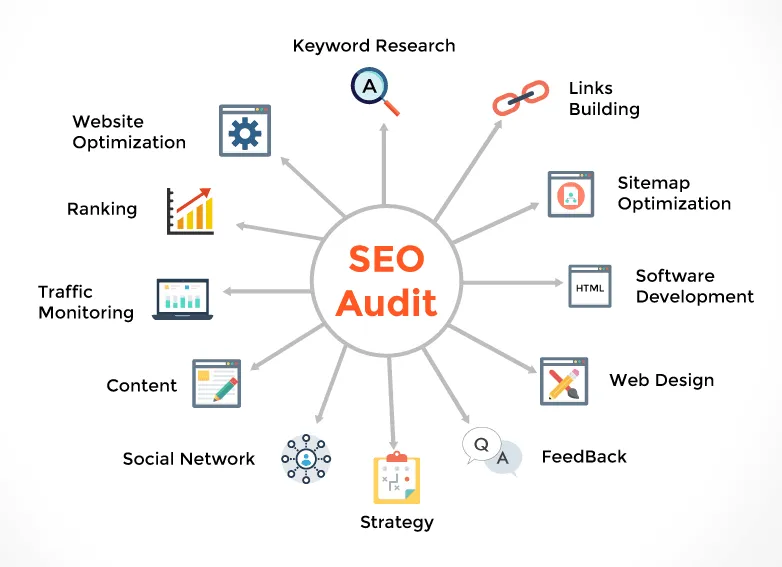 Source: Searchengineland
Source: SearchenginelandA Technical SEO audit is the detective work that delves into the hidden nooks and crannies of your website's infrastructure, ensuring it runs like a well-oiled machine. This meticulous inspection scrutinizes aspects like site speed, mobile-friendliness, URL structure, and metadata to uncover any issues hindering search engine crawlers or user experience.
Additionally, it examines security measures, including implementing a reliable SSL certificate, to protect user data and build trust. A site owner should gow with a low-priced or Cheap Certificate to get the best security for the site. Addressing these technical elements optimizes your website's performance, bolstering its chances of climbing search engine ranks and captivating users.
Step 10: Measuring And Analyzing SEO Performance
Measuring and analyzing SEO performance is the compass that steers your digital strategy in the right direction. It involves tracking key metrics to evaluate your SEO efforts' impact and identify improvement areas. Key performance indicators (KPIs) such as organic traffic, keyword rankings, bounce rates, and conversion rates provide valuable insights into your website's visibility and user engagement.
Using tools like Google Analytics, Search Console, and other SEO software helps you track and analyze important metrics effectively. By regularly examining and understanding the data, you can make informed decisions to improve your SEO strategy, enhance your content, and stay ahead in the constantly changing online world.
Step 11: Staying Ahead With Ongoing SEO Strategies
Staying ahead with ongoing SEO strategies is the engine that propels your website toward sustained success. SEO is a continuous journey rather than a one-time destination in the fast-paced digital world. It involves staying informed about search engine algorithm updates, evolving user trends, and emerging technologies.
Regularly revisiting and adjusting your keyword strategy, content creation, and link-building efforts is essential to maintain visibility and relevance. Embracing new SEO tactics, such as voice search optimization or AI-driven content, keeps you ahead of the competition. By consistently adapting and optimizing your SEO approach, you can navigate the dynamic landscape, outshine competitors, and secure a prominent position in search engine results, establishing your website as an authoritative and reliable source.
Conclusion
Cracking the SEO code is a multi-faceted journey that demands a thorough understanding of its fundamentals. Your website can sail toward improved visibility and engagement by conducting comprehensive keyword research, optimizing on-page elements, and prioritizing valuable content.
Building high-quality backlinks, ensuring mobile optimization, and enhancing user experience further elevate your website's performance. Incorporating social media and conducting regular technical SEO audits are essential steps to maintain a robust online presence. Measuring and analyzing SEO performance empowers data-driven decision-making, while ongoing SEO strategies keep you ahead of the curve.
Embrace these eleven steps, and watch your website soar to new heights of digital success.
Related blog posts
The Hidden Flaws in Search Volumes and How to Solve Them
Learn how AI Search Volume delivers reliable search volumes by combining GKP, GSC, and Trends so that you can prioritize the right keywords.
1 July 2025
AI Overviews Are Taking Over SERPs
From traffic drops to decreasing CTRs, AI Overviews are shaking up SEO. Learn what is happening and how AccuRanker helps you track AIO.
25 June 2025
How AccuRanker’s AI Models Fix Inaccurate SEO Data
Struggling with unreliable SEO data? Discover how AccuRanker’s CTR, Search Intent, Search Volume, and Share of Voice deliver accurate insights.
1 June 2025




